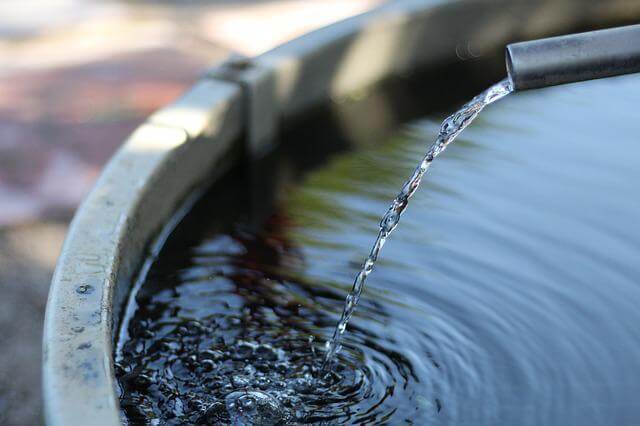Water usage is a concern for landlords and property managers amid a drought and enforcement of water efficiency standards

Lao Tzu famously said that "nothing is softer or more flexible than water, yet nothing can resist it." Just as resistant: regulations and hefty fines that await landlords if tenants keep their faucets flowing too long.
As California faces the driest stretch the West Coast has experienced in 1,200 years, lawmakers inked SB 1157, aligning the state's indoor water use standards with the State Department of Water Resources (DWR) and State Water Resources Control Board (SWRCB).
Two previous bills passed in 2018 - SB 606 and AB 1668 - laid the groundwork for water efficiency improvements. The newly minted SB 1157 lowers the standard for median water use to 47 gallons per capita daily beginning in 2025 and 42 gallons in 2030.
When renters have an unquenchable thirst for water, it will be rental property owners that will have to pay.
Identifying the culprit of the water-guzzling is no easy or inexpensive task for water districts that will have to enforce the regulation. It is also unwieldy for landlords with multiple units that have a single water meter to isolate which household is wasting water.

As a reminder to owners of newly constructed multi-family buildings (post-2018) that apply to a water purveyor for water connections, submeters must be included for each individual unit, per Cal. Water Code Section 537.1(a).
For those owners who have buildings constructed prior to January 1, 2018, and have elected to install submeters or already have submeters, there are a host of disclosure and billing requirements to follow. See California Civil Code 1954, et seq. and California Water Code Section 517, et. seq.
Bornstein Law wants you to be mindful of water restrictions at the local level and use common-sense measures to conserve water in caring for landscaping, avoiding the use of potable water to wash buildings, structures, patios, parking lots, sidewalks, and so forth. There are also a variety of products that reduce water usage without sacrificing tenant comfort.
Although fines for excessive water consumption have been rarely leveled against landlords so far, we expect enforcement to pick up in the future, especially if our historic drought continues and worsens.
